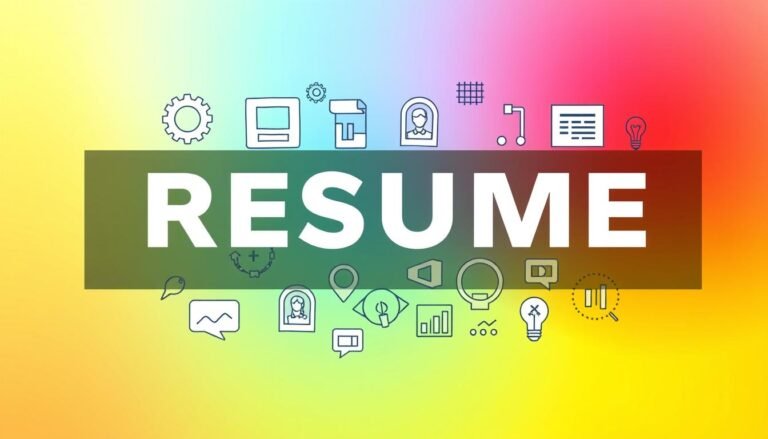Social Skills Rating System: An Overview
In today’s world, having good social skills is more important than ever. The Social Skills Rating System (SSRS) is a key tool for checking how well people get along with others. But what makes it tick, and can it really understand the complex ways we interact?
The SSRS was created by Gresham and Elliott in 1990. It’s a detailed way to look at social skills, problem behaviors, and how well kids do in school. It’s used for kids and teens aged 3-18. Teachers, parents, and the students themselves give feedback.
This system is special because it looks at social skills in different places like school, home, and the community. It gives a full picture of a child’s social and emotional skills. This makes it very useful for teachers, psychologists, and parents.
Key Takeaways
- SSRS evaluates social skills, problem behaviors, and academic competence
- It uses three rating forms: teacher, parent, and student
- The system covers ages 3-18
- SSRS measures positive social behaviors across different settings
- It’s a valuable tool for assessment, intervention planning, and progress monitoring
Understanding the Social Skills Rating System (SSRS)
The Social Skills Rating System (SSRS) is a detailed tool for scoring social skills and measuring communication abilities. It gives deep insights into how a child acts socially and performs in school.
Definition and Purpose
SSRS is made to check and rate the social skills of kids and teens from 3 to 18. It looks at areas like working together, speaking up, being responsible, understanding others, and controlling oneself. Scores range from 0 to 100, with higher scores showing better social skills.
Key Components of SSRS
The SSRS has three main parts:
- Social Skills Scale: Looks at positive social actions
- Problem Behaviors Scale: Checks behaviors that might stop social skills from growing
- Academic Competence Scale: Quickly shows how well a student does in school
Target Audience and Applications
SSRS is often used in schools and clinics for soft skills assessments. It has different norms for boys and girls, and for students in elementary school with or without disabilities. The system helps spot social skills issues, figure out how serious they are, plan treatments, and track progress.
“The SSRS ASSIST program offers multi-rater comparisons and actionable suggestions for effective intervention and prevention.”
Being reliable and valid, SSRS is a key tool for teachers, psychologists, and researchers. It helps them understand and boost kids’ social skills and communication abilities.
The Structure of SSRS Assessment
The Social Skills Rating System (SSRS) gives a full view of people’s social skills. It uses three forms to measure a person’s social skills.
Teacher Rating Form
Teachers are key in assessing social skills. The SSRS-T form has 51 items. It looks at social skills, problem behaviors, and how well students do in school.
This form shows how well students work with others in class.
Parent Rating Form
Parents also help with the assessment through the SSRS-P form. It has 52 items that focus on social skills and problem behaviors at home. This helps understand how a child acts socially at home.
Student Self-Report Form
The SSRS-C form lets students rate their own social skills. It has 39 items. This self-evaluation is important for a full view of their social skills.
All forms use a 3-point scale (Never, Sometimes, Very Often) and ask about how important each behavior is. This way, it gets a full view of social skills in different places.
Studies show the SSRS works well across different racial and ethnic groups. But, there are some issues with the Spanish version. This means we need to be careful when using it with different cultures.
Social Skills Rating System: Domains and Subscales
The Social Skills Rating System (SSRS) is a detailed tool for assessing emotional intelligence. It looks at various areas and gives a full picture of a child’s social and school skills.
Each scale has subscales for a deeper look at social skills. Let’s dive into these scales:
| Scale | Subscales | Description |
|---|---|---|
| Social Skills Scale | Cooperation, Empathy, Assertion, Self-Control, Responsibility | Measures key social competencies |
| Problem Behaviors Scale | Externalizing Problems, Internalizing Problems, Hyperactivity | Evaluates behavioral issues |
| Academic Competence Scale | Reading, Mathematics, Motivation, Parental Support | Assesses academic performance and support |
Studies show the SSRS is great at checking social skills. A study of 124 kids with Down syndrome found an average score of 92 for social skills and 104 for problem behaviors. It also matches well with other tests of autism traits and thinking skills.
Scoring and Interpretation of SSRS Results
The Social Skills Rating System (SSRS) is a detailed way to measure communication and soft skills. It was tested on 683 secondary school students, with 334 girls and 349 boys. The results showed how well it works in assessing people skills.
Calculating Raw Scores
The SSRS-SS questionnaire has 39 items to check social skills in areas like self-control, cooperation, empathy, and assertion. To get the raw score, you add up the scores for each area. The total score was reliable, with a Cronbach’s alpha of 0.89.
Converting to Standard Scores
Raw scores turn into standard scores for easier understanding. The average score was 75.4 out of 80, showing the students had strong social skills. The subscales were also reliable, with scores between 0.51 and 0.91, proving the tool’s effectiveness.
Interpreting Results Across Raters
When interpreting scores, we look at how different raters and areas compare. The study found four main areas: cooperation, assertiveness, self-control, and empathy. This detailed look helps in people skills benchmarking. The SSRS also showed strong links with other behavioral tests, confirming its value in soft skills profiling.
Source Links
- Social Skills Rating System (SSRS) – Children‚ Teacher And Parent Version
- Early Childhood Measurement and Evaluation
- Internal Consistency, Test–Retest Reliability and Measurement Error of the Self-Report Version of the Social Skills Rating System in a Sample of Australian Adolescents
- Social Skills Rating System (SSRS) – Pearson Clinical
- The Pennsylvania State University
- Social Skills Improvement System
- Using the Social Skills Improvement System (SSiS) Rating Scales to assess social skills in youth with Down syndrome
- A Comparison of the Social Skills Rating System and the Preschool and Kindergarten Behavior Scales
- Farsi Version of Social Skills Rating System-Secondary Student Form: Cultural Adaptation, Reliability and Construct Validity
- Frontiers | Using the Social Skills Improvement System (SSiS) Rating Scales to assess social skills in youth with Down syndrome







